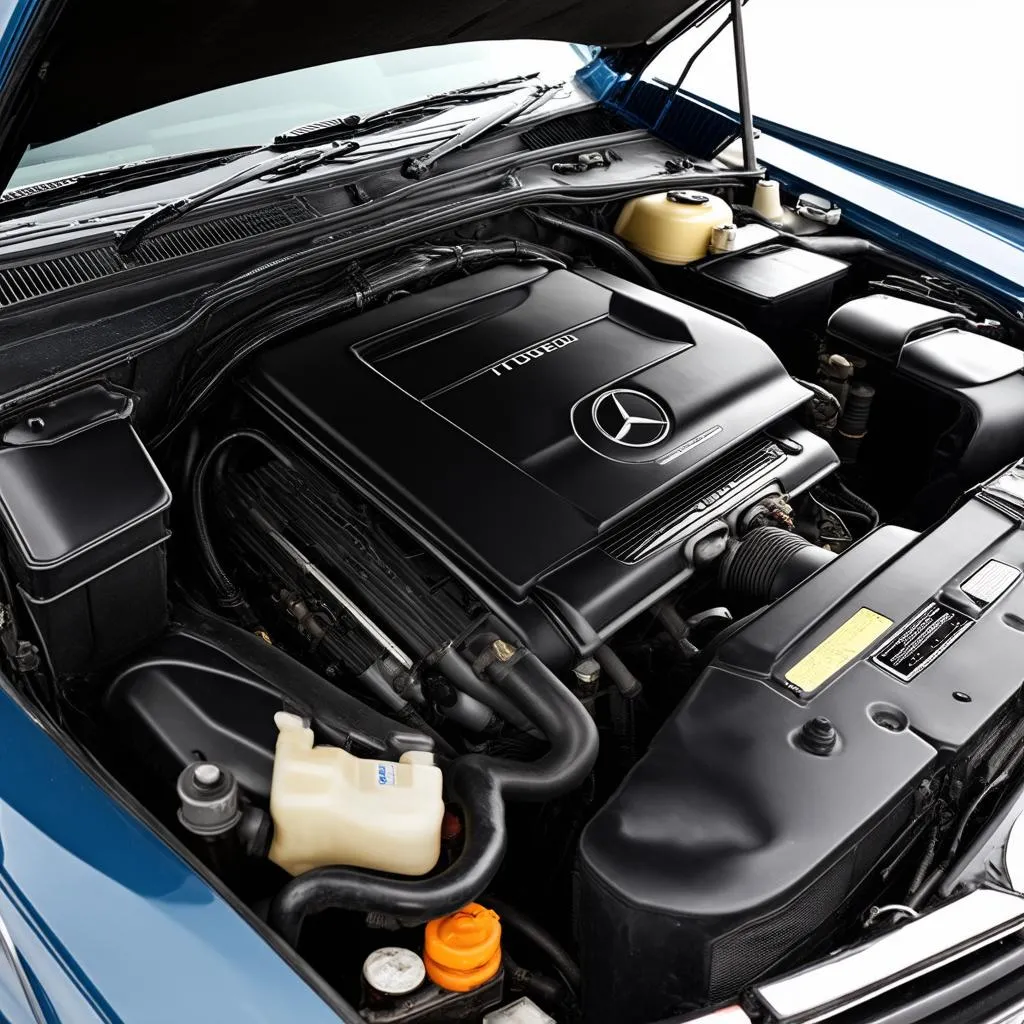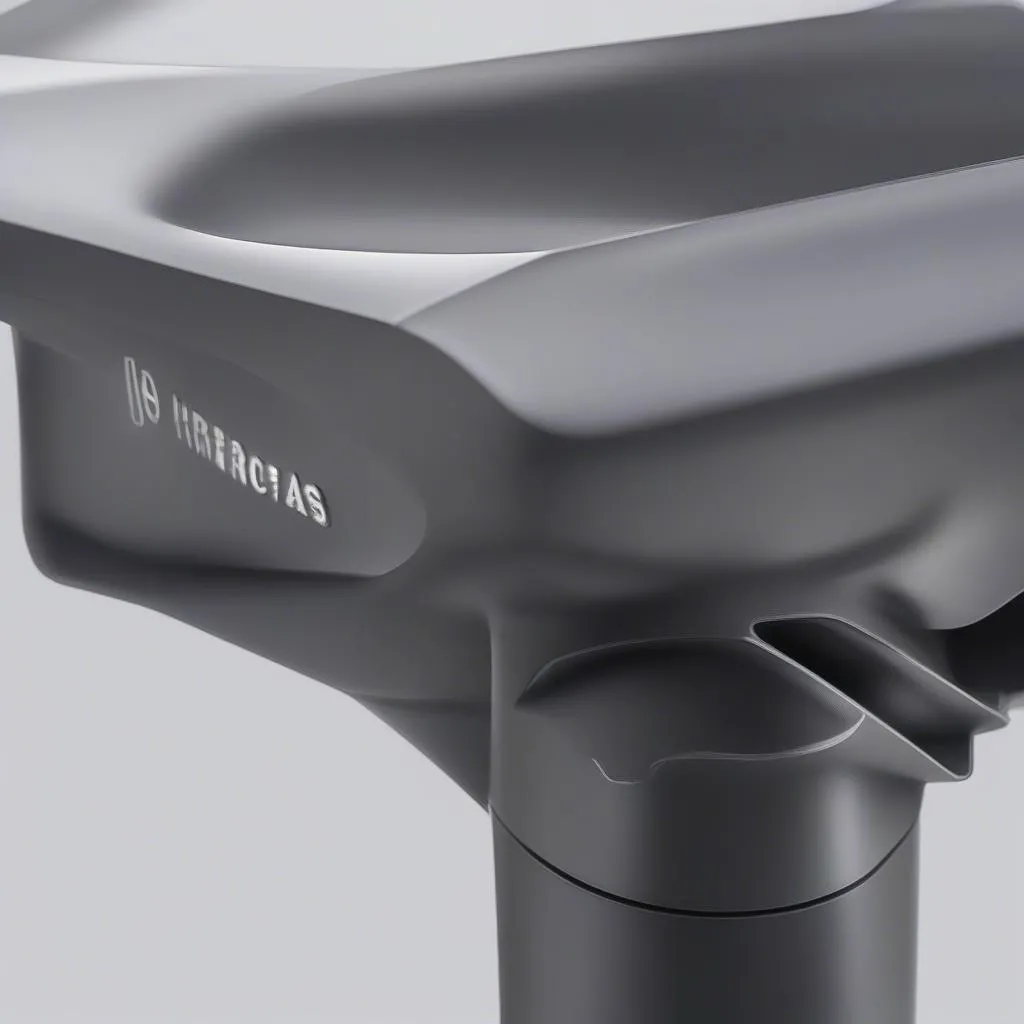Seeing the ESP (Electronic Stability Program) light illuminated on your Mercedes dashboard can be alarming. It’s a sign that your car’s stability system, crucial for maintaining control on the road, might be compromised. Don’t panic! This comprehensive guide will walk you through the common causes, how to diagnose the issue, and the potential solutions for fixing the ESP light on your Mercedes.
Understanding the ESP Light and Its Importance
Before we delve into the fixes, let’s clarify why this light is crucial. The ESP system is a sophisticated safety feature that kicks in when it detects a loss of traction or stability. It utilizes various sensors to monitor your car’s movement and can automatically apply brakes to individual wheels or even adjust engine power to help prevent skidding and maintain control.
 Mercedes ESP Light
Mercedes ESP Light
Why is the ESP Light On?
Several culprits can trigger the ESP light on your Mercedes dashboard:
- Faulty Wheel Speed Sensor: These sensors play a vital role in informing the ESP system about each wheel’s rotational speed. If one or more sensors malfunction, it disrupts the system’s ability to make accurate calculations.
- Steering Angle Sensor Issues: This sensor relays information about your steering wheel’s position to the ESP control unit. An inaccurate reading here can confuse the system.
- Brake Light Switch Malfunction: A faulty brake light switch might not only prevent your brake lights from working correctly but can also disable the ESP system.
- Low Battery Voltage: Just like other electronic systems in your car, the ESP relies on a stable voltage. A weak or dying battery can cause a variety of electrical gremlins, including triggering the ESP light.
- Issues with the ESP Control Module: In rarer cases, the problem might lie with the ESP control module itself. This module is the brain behind the ESP system, and a fault here can lead to system-wide issues.
 Car Wheel Speed Sensor
Car Wheel Speed Sensor
Diagnosing the Problem: Getting to the Root of the ESP Issue
To effectively address the ESP light, you’ll need to pinpoint the exact cause. While a professional mechanic with specialized diagnostic tools is best equipped to handle this, there are steps you can take yourself:
- Visual Inspection: Start by checking your brake lights. If they aren’t functioning correctly, the brake light switch is a likely culprit.
- Battery Check: Examine your battery terminals for corrosion and ensure a secure connection. If your battery is old or showing signs of weakness, it’s worth getting it tested.
- OBD-II Scanner: For more in-depth diagnostics, consider using an OBD-II scanner, which can read your car’s error codes. These codes can provide valuable clues about the source of the ESP problem.


